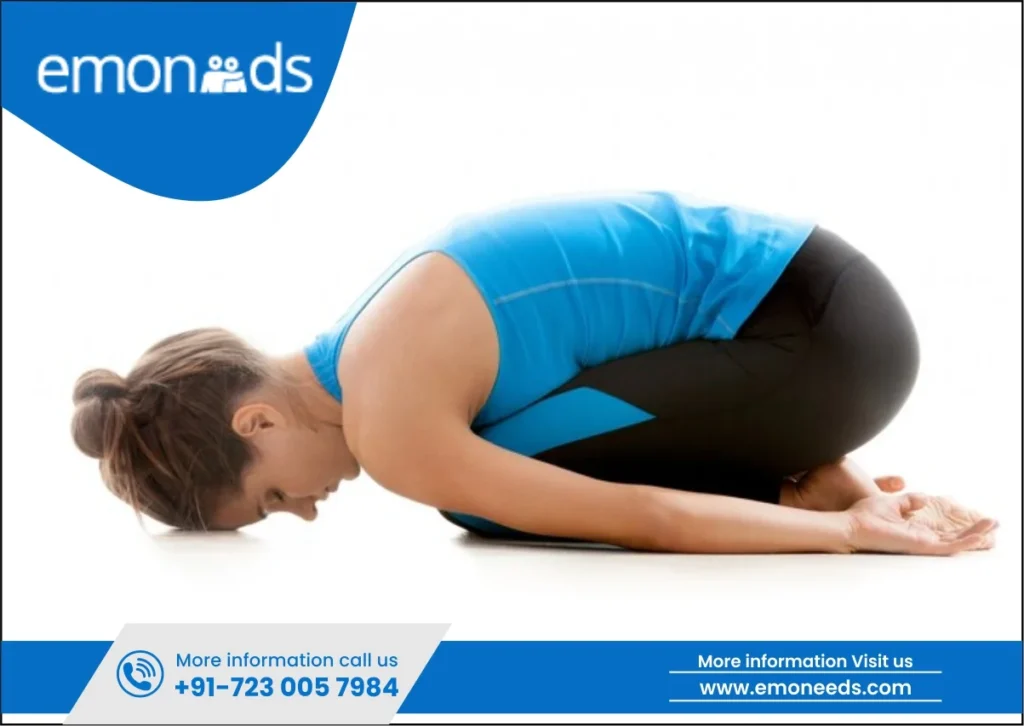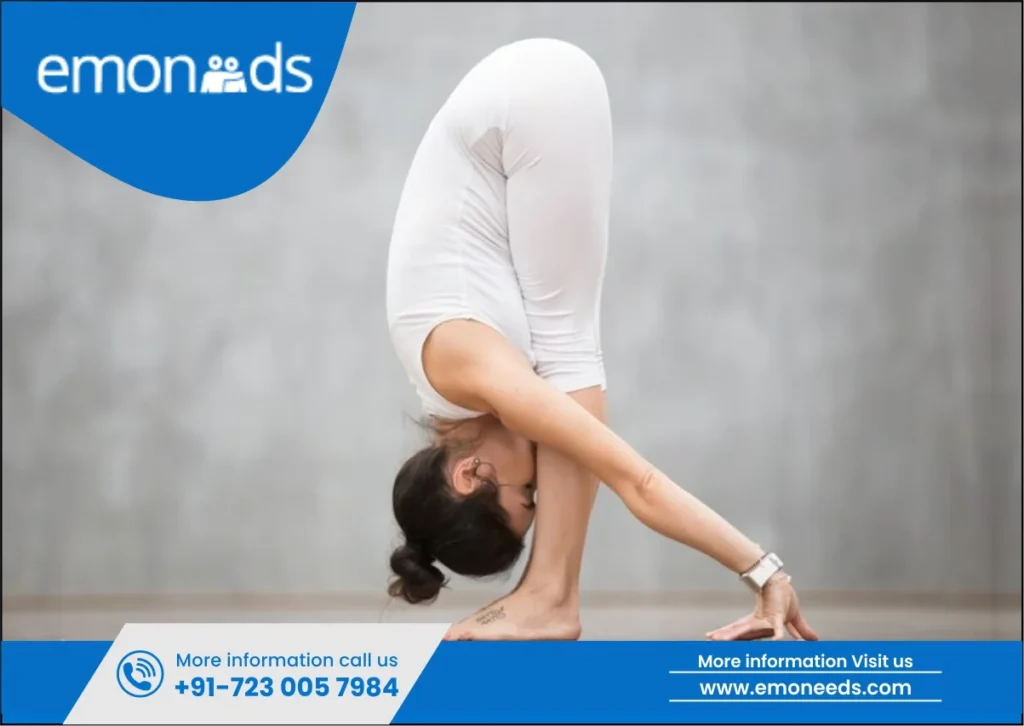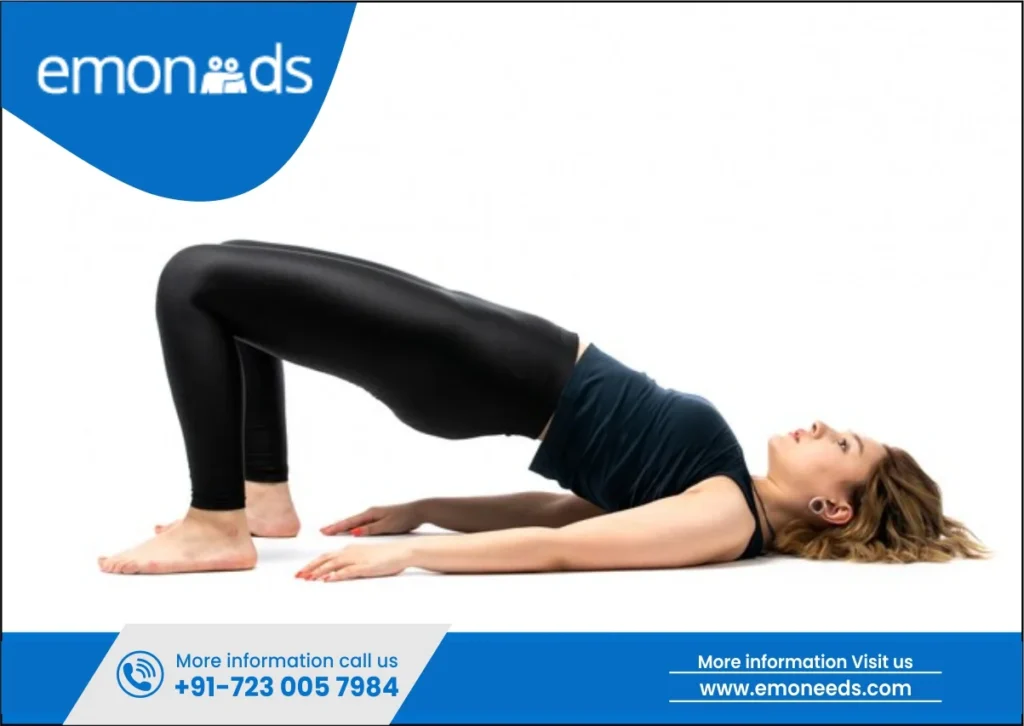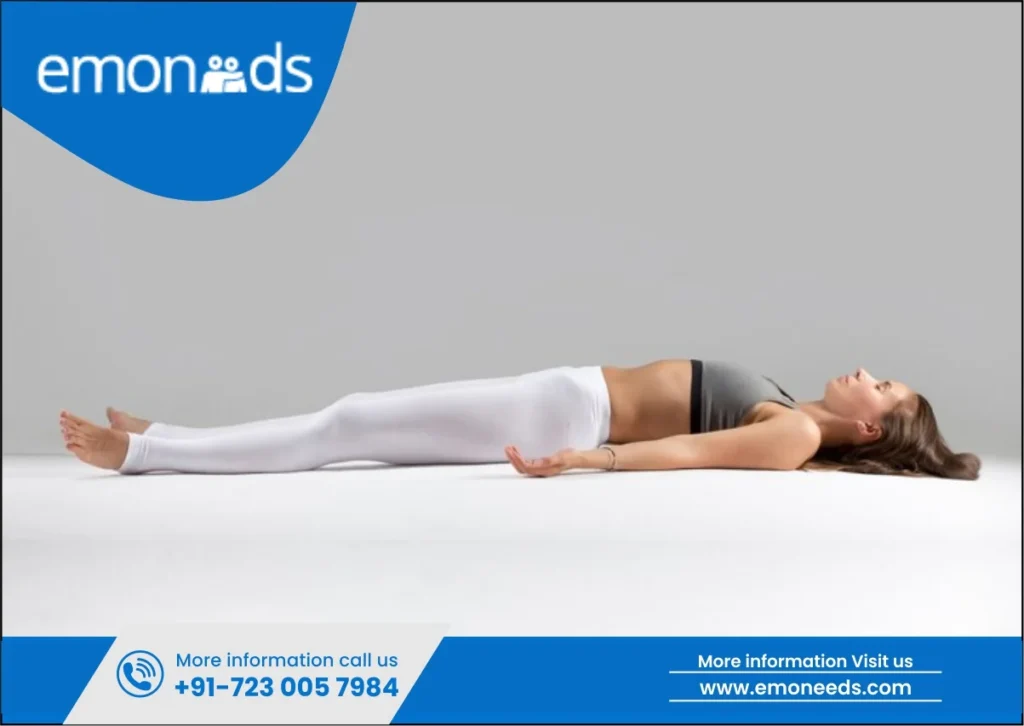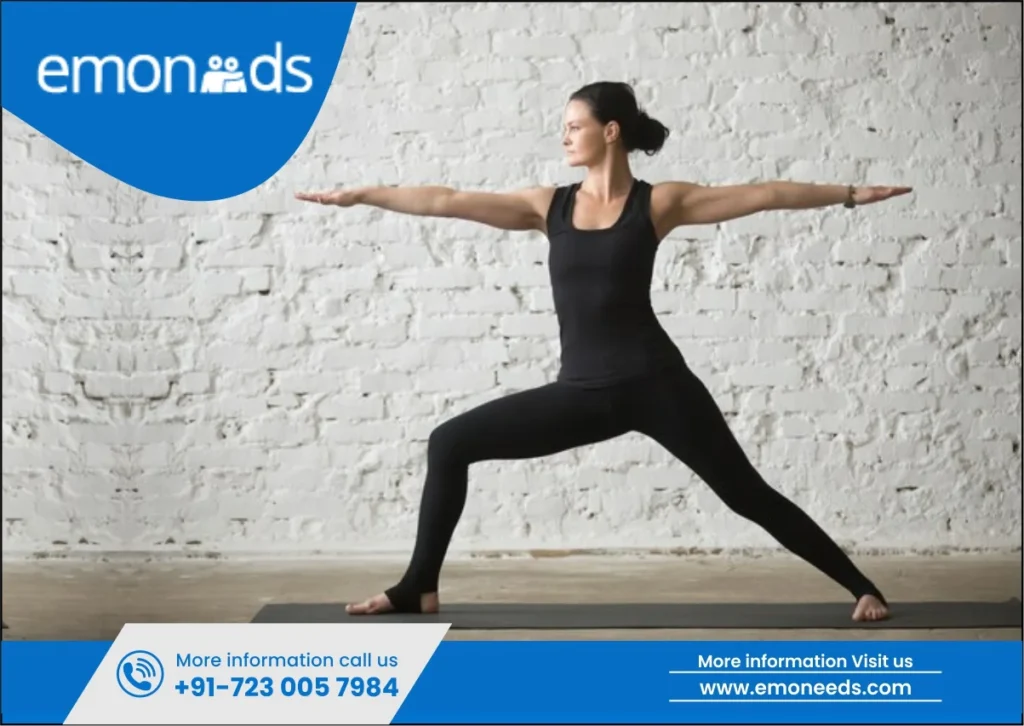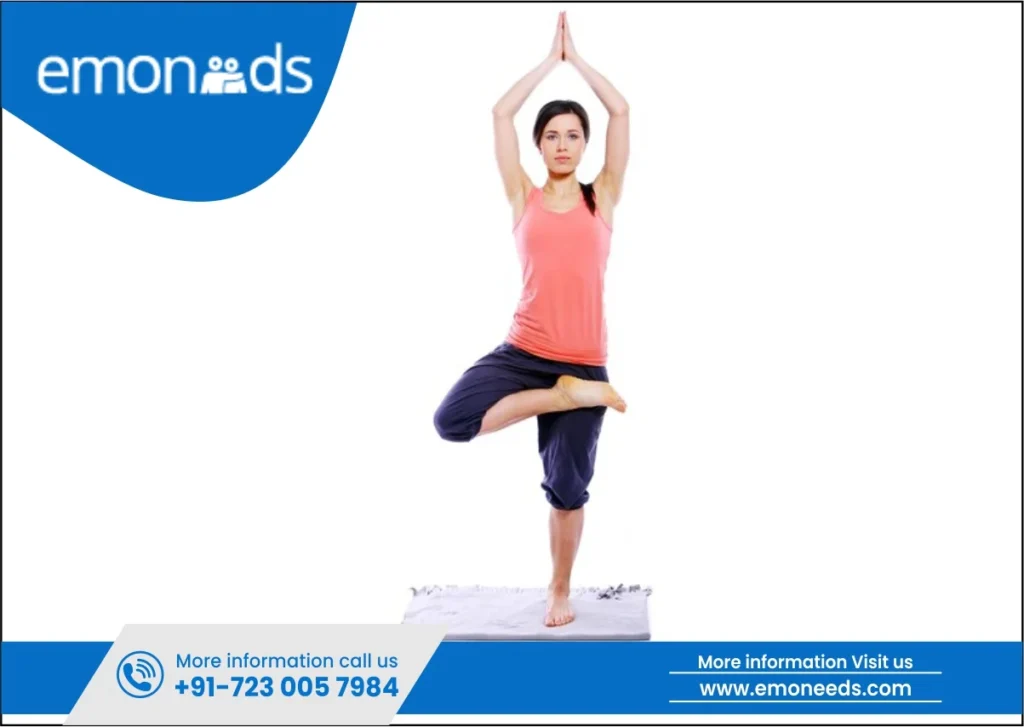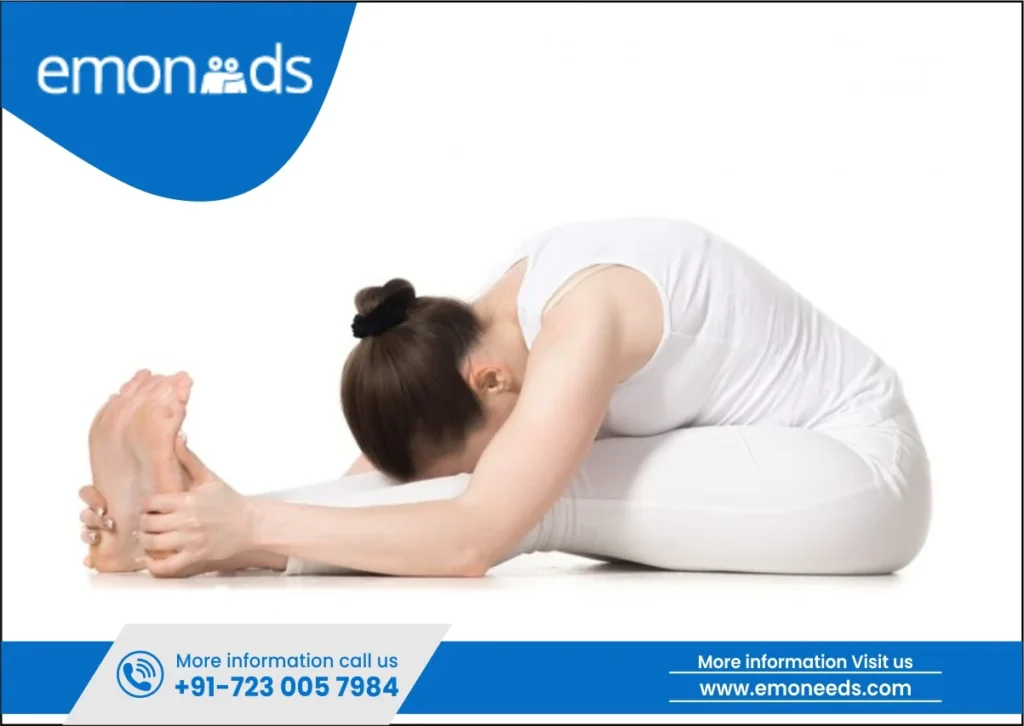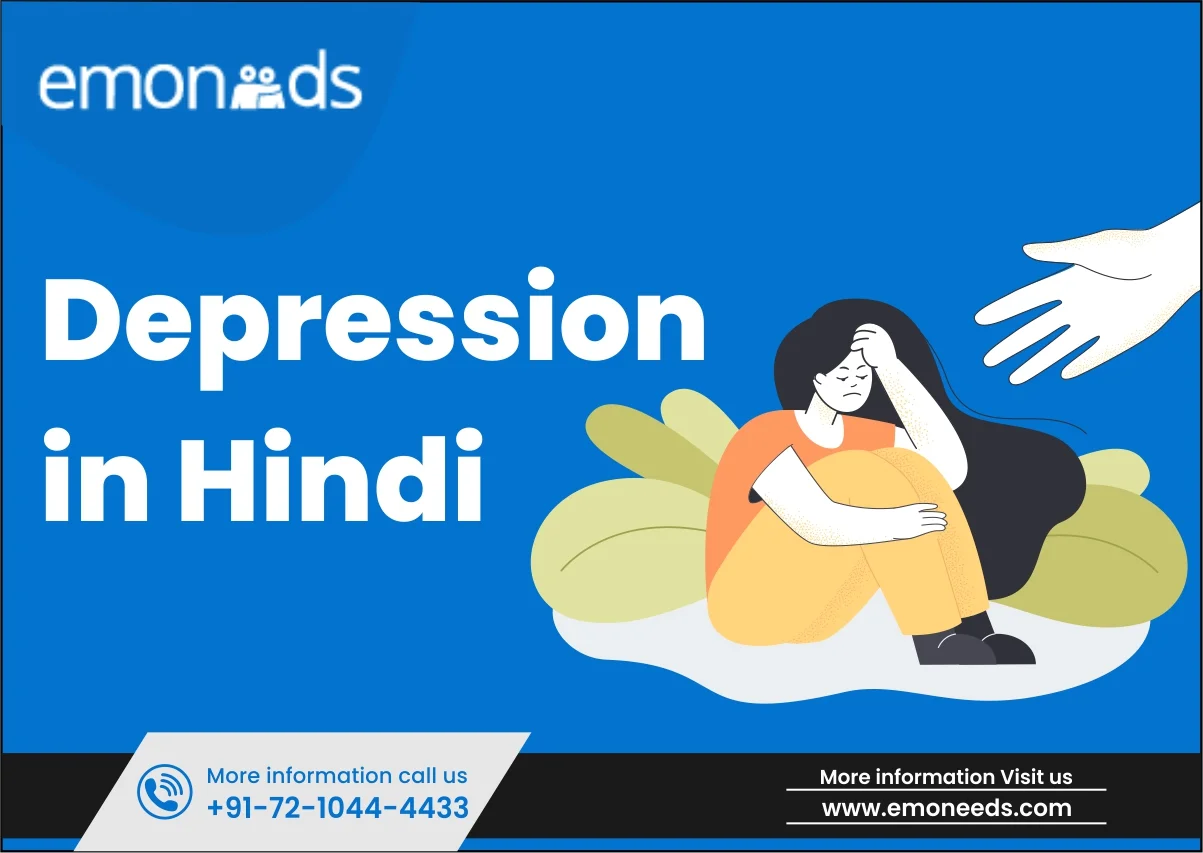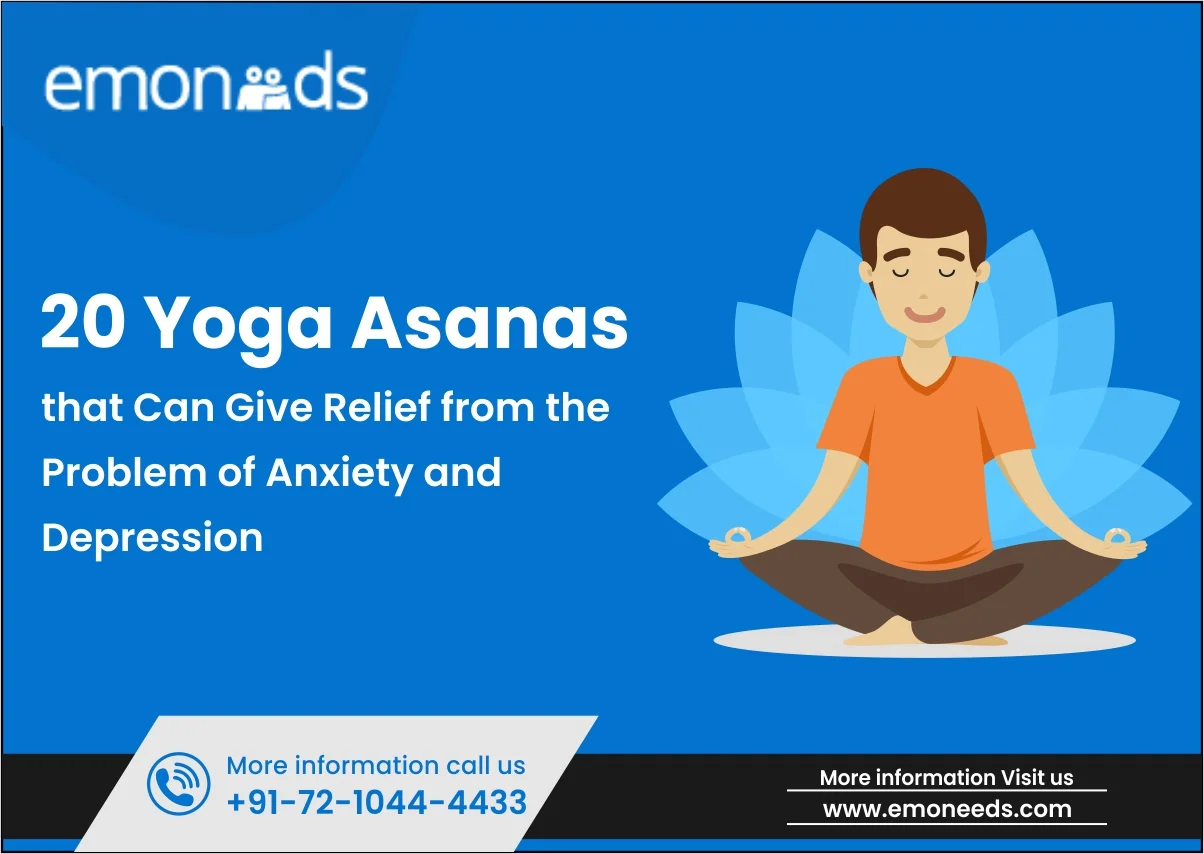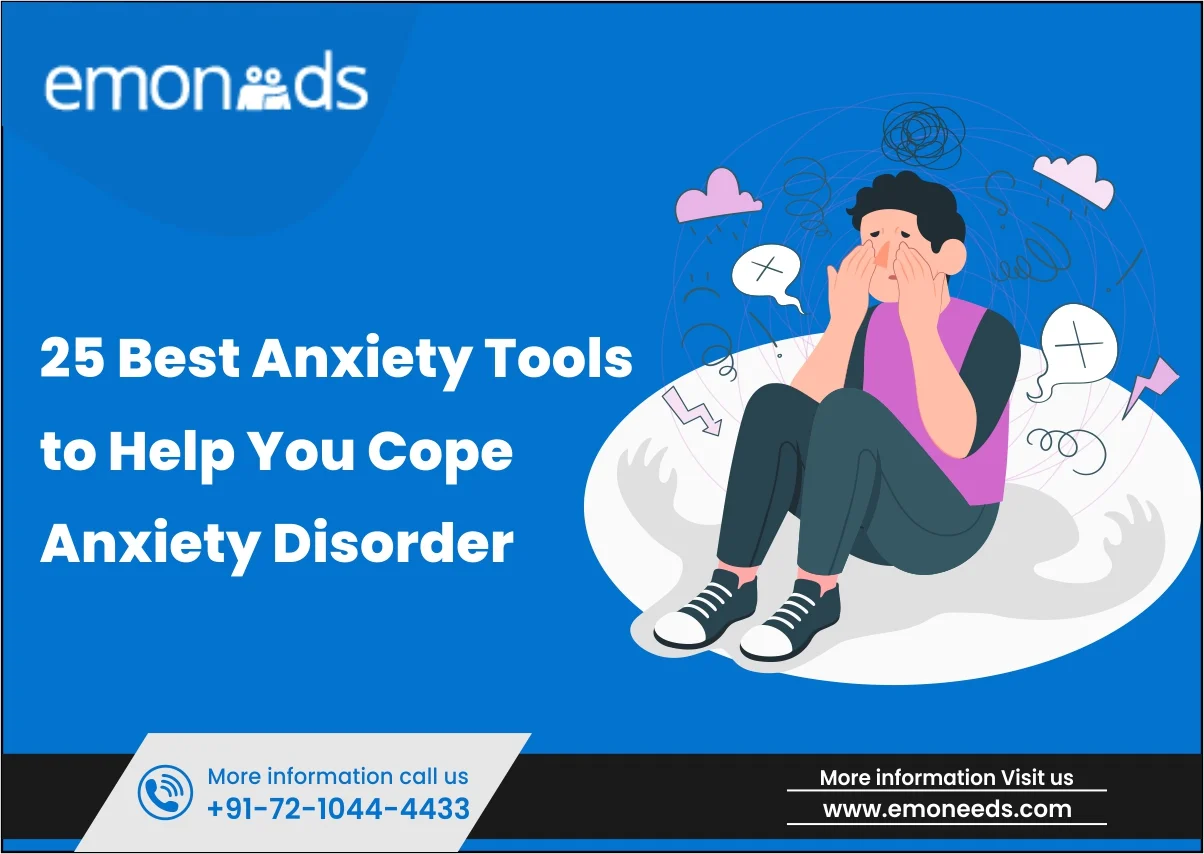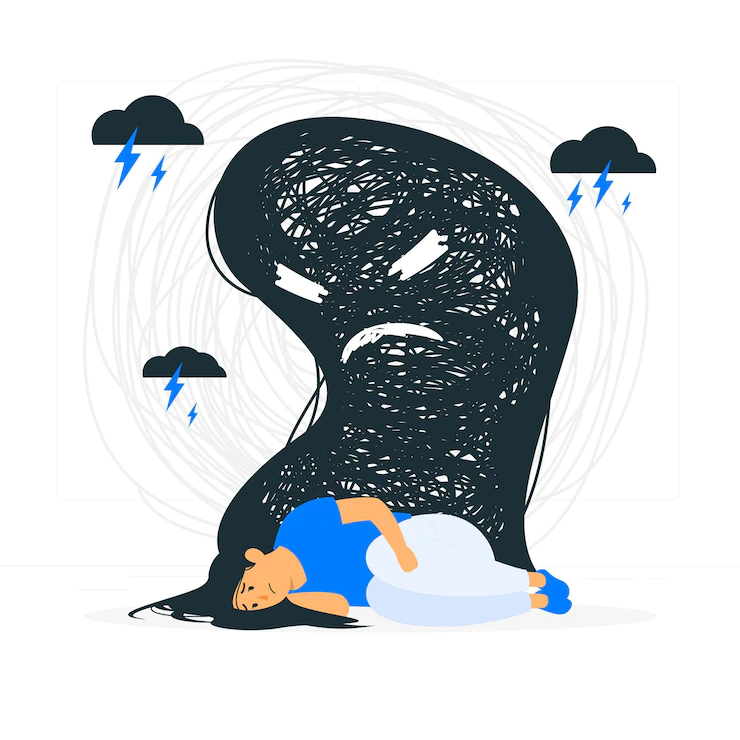
Depression casts a shadow that seems to linger indefinitely, a burden that’s tough to shake off. It’s surprisingly prevalent, silently influencing our thoughts, emotions, and the way we go about our days. However, amidst this mental fog, there exists an unexpected ally: yoga for Depression. This centuries-old practice extends beyond simple stretching; it’s a subtle force, tending to our mental, physical, and emotional well-being.
Here, we’ll delve into the transformative potential of yoga in guiding us toward relief from the grip of depression, offering a path that intertwines ancient wisdom with modern solutions for holistic healing.
Understanding Depression
Depression isn’t just feeling down; it’s like waking up to a relentless storm within. Imagine the weight of a thousand thoughts, each one heavier than the last, making every step feel like a marathon. It’s the daily battle of putting on a brave face while the mind struggles to find joy.
Related Blog- Bipolar Disorder Meaning In Hindi? इसके कारण और लक्षण
Statistics reveal that one in five individuals grapples with this silent struggle. It’s more than a number; it’s a shared journey. Moreover, it’s been those days where even the simplest tasks feel like climbing mountains. Depression is more than a fleeting emotion; it’s a prolonged journey, and acknowledging it is the first step toward understanding and healing.
Yoga Posses For Managing Depression
Incorporating specific yoga poses into your routine can be a soothing balm for the stormy seas of depression. These gentle movements and stretches help alleviate symptoms and bring a sense of calm. Here are some accessible poses to try at home:
Child’s Pose (Balasana)
- Begin by kneeling on the floor, and sitting back on your heels.
- Slowly lower your torso forward, reaching your arms out in front or resting them by your sides.
- Gently lower your forehead to the mat and breathe deeply.
- Hold for 5-10 breaths, feeling a sense of surrender and release in this comforting posture.
Cat-Cow Stretch
- Start on your hands and knees, aligning your wrists beneath your shoulders and your knees below your hips.
- Inhale, arch your back and lift your head and tailbone (Cow Pose).
- Exhale, round your spine, tuck your chin to your chest (Cat Pose).
- Flow between these movements, syncing breath with movement, for a few rounds to ease tension in the spine and calm the mind.
Standing Forward Bend (Uttanasana)
- Stand tall with feet hip-width apart.
- Exhale and gently hinge at your hips, bending forward from the waist.
- Let your head and arms hang loose, allowing gravity to pull you deeper into the stretch.
- Hold for several breaths, feeling a gentle release in the back and hamstrings.
Legs-Up-the-Wall Pose (Viparita Karani)
- Sit close to a wall and lie on your back, extending your legs up the wall.
- Adjust your position until you feel comfortable, with your hips close to the wall.
- Close your eyes, breathe deeply, and relax in this inversion, which promotes relaxation and soothes the nervous system.
Bridge Pose (Setu Bandhasana)
- Lie on your back, bend your knees, and place your feet hip-width apart, close to your buttocks.
- Press your feet into the floor, and lift your hips while engaging your glutes and thighs.
- Interlace your fingers beneath your back and roll your shoulders underneath, creating a slight arch in the back.
- Hold for a few breaths, feeling an opening in the chest and releasing tension in the spine.
Corpse Pose (Savasana)
- Lie flat on your back, legs extended, arms by your sides with palms facing up.
- Close your eyes, relax your entire body, and focus on your breath.
- Stay in this posture for several minutes, allowing your body to absorb the benefits of your practice.
Warrior II Pose (Virabhadrasana II)
- Start by standing at the top of your mat, take a wide step back with one foot, and turn it outward, aligning the heel with the arch of your front foot.
- Bend your front knee, ensuring it aligns with the ankle while keeping the back leg straight.
- Extend your arms parallel to the ground, and gaze over your front fingertips.
- Hold for several breaths, feeling grounded and empowered in this strong, expansive posture.
Tree Pose (Vrikshasana)
- Begin standing tall, shift your weight onto one leg.
- Place the sole of your other foot on the inner thigh or calf of the standing leg, avoiding the knee.
- Bring your palms together at your heart center or extend them overhead.
- Focus on a steady gaze and find balance, feeling rooted like a tree while maintaining a relaxed breath.
Seated Forward Bend (Paschimottanasana)
- Sit on the floor with your legs extended in front of you.
- Inhale, lengthen your spine, then exhale and hinge at the hips, reaching for your feet or shins.
- Keep your back straight as you fold forward, aiming to bring your chest towards your thighs.
- Hold for a few breaths, feeling a gentle stretch along the back of the legs and a sense of surrender.
Incorporating these poses into your routine, even for a few minutes a day, can be a valuable step towards finding relief from the grip of depression. Remember to honor your body’s limits and breathe deeply throughout your practice.
Mindfulness and Breathing Exercises
Mindfulness is a soothing balm for a restless mind, especially when dealing with the shadows of depression. It helps us to be fully present, embracing each moment without judgment. Yoga gracefully intertwines mindfulness into its fabric, inviting us to breathe, move, and exist with awareness.
Breathing exercises, known as pranayama in yoga, hold the power to untangle our emotional knots. Simple techniques like the calming ‘Alternate Nostril Breathing’ or ‘Deep Belly Breathing’ act as anchors, helping us find calm amidst the storm. These practices aren’t just about inhaling and exhaling; they’re keys to unlocking peace within.
Creating a Yoga Routine for Mental Wellness
Finding solace in yoga doesn’t mean leaping into complex poses right away. Instead, start with baby steps. Consistency is key, not perfection. Here’s how to mold a yoga routine that’s like a warm hug for your mental wellness:
Start Small, Grow Gradually
- Begin with gentle stretches and easy poses, like Child’s Pose or Cat-Cow.
- Allocate a few minutes daily; it’s not about duration, it’s about dedication.
- As comfort grows, gradually incorporate new poses or extend practice time.
Personalize Your Practice
- Listen to your body’s cues; don’t push beyond your limits.
- Tailor your routine to suit your energy levels and emotional needs.
- Experiment with various poses to discover what resonates with you.
Embrace Consistency, Celebrate Progress
- Commitment matters more than perfection; even a few minutes daily counts.
- Celebrate small victories; progress in yoga is about the journey, not the destination.
- Be patient; change takes time, and every step forward is a win.
Remember, your yoga journey is unique. It’s not a race; it’s a gradual walk towards mental wellness. Start small, grow at your pace, and let your practice evolve naturally.
The Link Between Yoga and Mental Health
Yoga is a journey that intertwines the mind, body, and soul. Its ancient roots trace back thousands of years, embracing a philosophy that seeks harmony within. The beauty lies in its simplicity: breathing, stretching, and finding stillness. Studies echo what yogis have known for centuries – yoga holds a secret elixir for mental well-being.
It is not merely a quick fix, but a gentle, ongoing practice that offers relief from the shadows of depression. Research shows that yoga calms the mind, reduces stress, and eases symptoms of depression. It’s a holistic embrace, a path towards inner peace, inviting us to find solace on the mat.
How Yoga Helps Combat Depression?
Yoga is like a gentle whisper to the soul, offering solace amidst life’s chaos. Its profound impact on combating depression goes beyond the surface, reaching deep into our physiology and psychology.
Physiologically, yoga taps into our body’s stress response system. As we gracefully flow through poses, our muscles stretch and tense, signaling the nervous system to relax. This physical release triggers the parasympathetic nervous system, our body’s natural calming mechanism. Endorphins, those feel-good hormones, make a grand entrance, creating a wave of positivity that gently washes away the clouds of depression.
Psychologically, yoga is a dance with the mind. The rhythmic breathwork and deliberate movements create a serene space, allowing the mind to detach from its whirlwind of thoughts. This detachment is pivotal in breaking the cycle of depressive rumination. Yoga’s emphasis on being present in each pose fosters mindfulness – a state where we’re fully immersed in the current moment. It’s here, in this mental stillness, that the seeds of tranquility take root. Yoga has this magical way of easing stress’s hold, inviting peace into the mind, and shining a light on mindfulness.
Yoga Beyond the Mat
Yoga extends beyond the confines of the mat, seeping into the very fabric of our daily existence. It’s not just about the physical poses; it’s a mindset, a way of navigating life. Mindfulness becomes our silent companion, a gentle reminder to savor each moment. Through yoga, we learn the art of self-compassion, embracing our imperfections with kindness. Gratitude becomes a daily practice, transforming ordinary moments into sources of joy. These principles aren’t confined to the studio; they’re life companions, guiding us towards mental well-being. Embracing yoga off the mat, we find a reservoir of strength for the journey ahead.
Conclusion
Yoga isn’t a quick fix, but it’s a steady companion in navigating the storm of depression. It soothes the mind, eases tension, and cultivates a sense of inner peace. Consider it a gentle addition to traditional treatments, a way to enhance your mental wellness journey.
Explore yoga classes at local studios, and online resources, or delve into insightful books to begin this transformative practice. Remember, healing takes time, and yoga offers a sanctuary amidst life’s chaos. And if you’re seeking comprehensive mental health support, take a step towards Emoneeds—a platform bridging holistic care and modern solutions for mental well-being.
